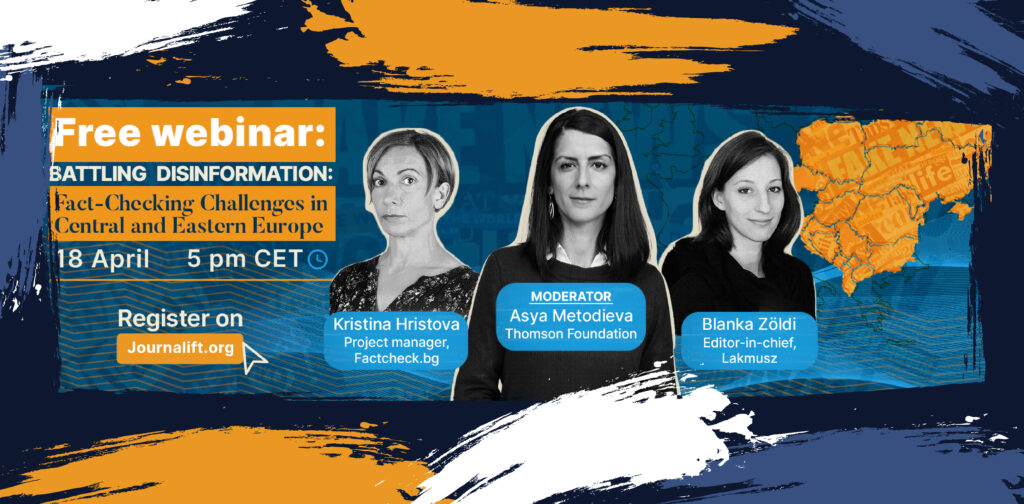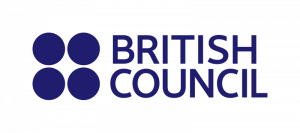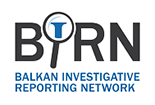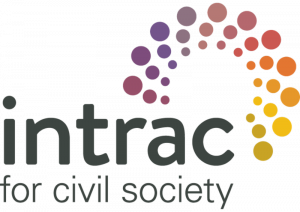As much as our parents were used to paying for news, we struggle with accepting the notion of paying for online news. So, how can the media survive?
Let’s talk about advertising
There are many interesting stories of how advertising started, how it developed to what it is today and why it is good or bad for mankind. Many see it as a negative, deceitful activity, aiming to cheat people into buying something they don’t need. But it is, like with any profession or service, as good or as bad as the person, or company (or media) who delivers it.
I was for a good part of my career sitting on the side of a company trying to find the best, non-intrusive way to promote the product of my company, but also to avoid the ad-blockers and banner-blindness. We used a mix of display ads and native advertising and here’s pros and cons of both:
- We used display ads or banners when we wanted to raise awareness about the new product/service, about promotion or a special deal. We had a landing page ready to capture clicks on banners, and keep attention of the visitor, or promotion code if it’s print, podcast/radio or TV (these ads are not really display ads, but they have the same function). The problem is - as soon as you stop paying for the display ad/banner the traffic stops.
- We used content extensively and on a long term - this is how we built a brand, and long term traffic. There are many sub-groups that belong to content - everything from your own blog, advertorials, to press releases to branded content but the one we used a lot is native advertising. With it the most important part is a good choice of platform, a place where you can find your audience but that also has the same values as yours. Native advertising is more expensive, but lives longer.
Now I work for a media company that (partly) lives off advertising. Being an independent media company that holds to its values of objectiveness and ethics sometimes clashes with proposals we get for advertising and potential partnerships. But like any self-respecting publication, we don’t have second thoughts about what kind of content we will publish. We don’t do advertorials, we do not promote things that are not directly related to our audience’s interest in our media, and we write our own content.

Why is native advertising a problem?
Native advertising is a collaboration between marketers (brands) and journalists to create content that is interesting for the consumer, promotes the product or service, but also matches a publication’s editorial standards while meeting the audience’s expectations (definition by Copyblogger).
This collaboration raises a question of free and independent press.
Ben Kunz of Digiday says: “Native advertising is a more insidious encroachment into consumer media content than any prior form of advertising.”
Tom Foremski wrote on ZDnet - “Native advertising poisons the well of trust that publishers have worked so hard to build, and that advertisers benefit from.”
In the rush to get more readers the media sometimes creates native ads that fall under the category of “clickbait”. It also happens that native ads are so well camouflaged that the average person may not know the content is biased. And when they read through it they feel cheated. But these bad examples shouldn’t affect the value of native advertising. There was always a need for a wall to separate the news and advertising. This separation is, however, in many ways like the separation between the church and the state.

When is native advertising good?
There are a couple of important elements of a good native ad but it lays on a crossing point of interest of three involved sides - the brand, the media and the consumer:
- From the perspective of a brand it is important to:
- Understand the audience, their problems and their culture - because it’s not just about general geographical and demographical audiences. It’s about how people behave, what are their interests, habits, problems and needs. This is where the brand has to jump in, without being intrusive or misleading. One of the awarded examples of native advertising in the Western Balkans region is a pinky promise campaign done with 24sata.hr.
- Offer an interesting perspective on your product/service that solves your customers problem or need. Because this is where people click and don’t feel cheated. Your customers could also click on a clickbait title, because that’s also a need (curiosity) but always think about what is the real value you are giving to your consumers while getting them interested in your product. Here’s an example of an interesting article sponsored by Netflix for their series House of cards.
- Choose a proper media for it - because your credibility depends on it. If a brand works with the media that in general doesn't have the high reputation and the trust to the brand.
- From the perspective of the media:
- The most important rule is transparency - the article has to be marked as sponsored. The relationship with the brand has to be honest and transparent about its nature for the consumers. Good native advertising is not meant to be trickery. It has to use a phrase like “sponsored by,” “published with permission from,” “paid for by” or “this article includes paid promotions.” Here is an example of transparency: The protectors and promoters of Japan's National Parks.
- Overly commercial articles won’t get the attention - the articles have to be interesting and not salesy. Some of the best examples of native advertising are made by Buzzfeed. They worked with General Electrics and “11 Impossibly Cool Facts You May Not Know About Your Eyes.” - sponsored by ACUVUE.
- Not every brand is a good fit - there are companies whose products or services don’t fit well with the values of the media. The Atlantic online had a famous case when they partnered with the Church of Scientology. It looked like a real article that supported the church's leader. Half a day later, after the comments section exploded and the integrity of The Atlantic was questioned, the ad was pulled.
- From the perspective of the consumer:
- The consumers never fully believed in any kind of advertising, so why would they believe a native ad? However, the truth is that they mostly don’t even notice that an article is sponsored, even when it’s clearly marked with “sponsored by”. They can see it as an interesting, educational or entertaining article. It is important though that they never feel cheated.
To conclude:
Since the rise of digital media, growth of the “news” market - the competition, and the fight for attention, good journalism gave way to yellow “press”, sensational and clickbait titles. The self-respecting media struggles to survive. There are many ways to get the feeling of “selling your soul to the devil” but the world is not black and white.
A bad native advertising article can be as harmful to a brand and the media as a bad banner, bad campaign, or a bad product. But a good native ad can also be a good piece of journalism.
Native advertising is working hand-in-hand by a brand and a journalist to create quality for our consumers. It is advertising for sure, but it is important to do it in a way where you don’t stop your consumer/reader on their way to consume news/information, and you don’t serve “a wolf in sheep skin”.































